Big Ben was chiming the quarter-hour as I hit the South Bank side of the river after a not terribly inspiring Remain rally in Parliament Square. What delight, then, to hear the wacky and wonderful Carol Williams playing Vierne’s “Carillon de Westminster” as the opening fanfare of her Royal Festival Hall organ hour. It’s one of my two favouite organ voluntaries – the other being the most famous, “the Widor Toccata”, and she ended with that. All was well, in fact, from start to finish.
Williams announced at the beginning of her First Person piece for theartsdesk that she’d sat through so many “uninteresting programmes” as a youngster, and decided to change all that (the article, by the way, inspired me to make the effort and go along, as did Edward Gardner’s revelatory writing on Mahler’s Second Symphony on Friday when it came to the evening concert in the same Southbank hall – I was lucky they found me a ticket; read Rachel Halliburton’s review, every word of which I agree with). And this was never boring, running the promised gamut. 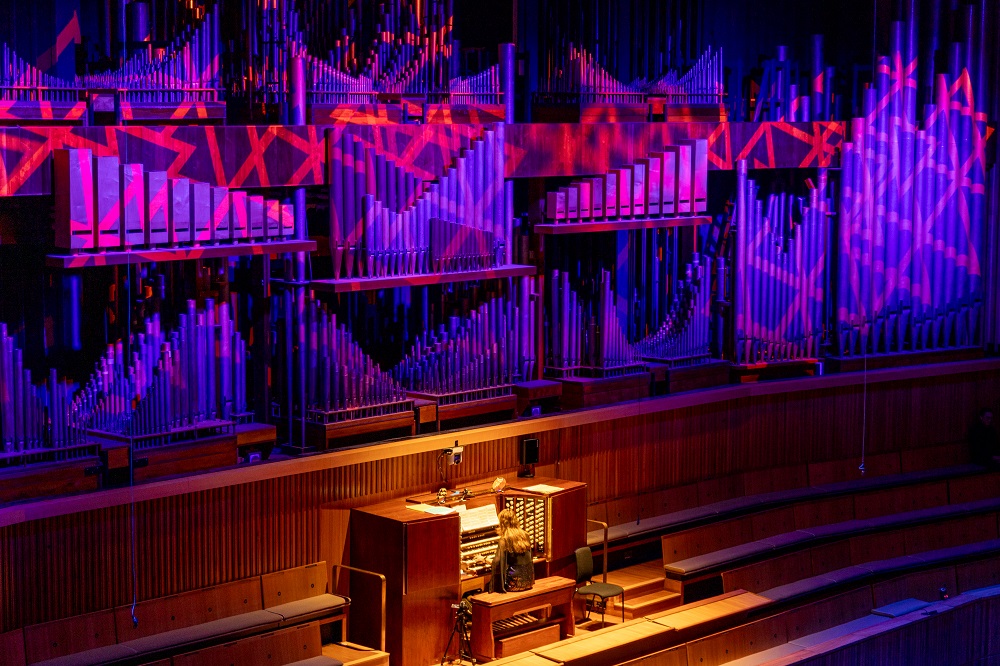 The title of the event, “Mad Rush”, is also that of the Philip Glass piece she played – which is, as you might expect, not very mad and not much of a rush, though veering well enough between reflective and flamboyant, and very pleasant to listen to when organ stops can vary the colour, as they did in Williams' transcription (revolving lights to match pictured above). I liked its unexpected sad-chord end, too, and was happy not to break my vow never to sit through a Glass work longer than circa 10 minutes. Madder things sat either side of it – Iver Kleive’s Toccata on the Lutheran hymn tune "Almighty God, we praise Thee", spectacularly loud and exciting, and sharing quite a few tonal reiterations in common with the Glass; and before it a Gothic monster flight, if you can call it that, of the biggest Rimsky-Korsakov bumble bee imaginable, horror-film music as arranged by Williams.
The title of the event, “Mad Rush”, is also that of the Philip Glass piece she played – which is, as you might expect, not very mad and not much of a rush, though veering well enough between reflective and flamboyant, and very pleasant to listen to when organ stops can vary the colour, as they did in Williams' transcription (revolving lights to match pictured above). I liked its unexpected sad-chord end, too, and was happy not to break my vow never to sit through a Glass work longer than circa 10 minutes. Madder things sat either side of it – Iver Kleive’s Toccata on the Lutheran hymn tune "Almighty God, we praise Thee", spectacularly loud and exciting, and sharing quite a few tonal reiterations in common with the Glass; and before it a Gothic monster flight, if you can call it that, of the biggest Rimsky-Korsakov bumble bee imaginable, horror-film music as arranged by Williams.
Her own pieces were pleasing – the first, “Twilight”, simple but effective, again on a minimalistish level, the second, "Hommage a Vierne" more layered. The big centrepiece was impressive indeed: we heard the anonymous Te Deum chant, duly harmonised,before Tournemire’s improvisation on it, there to hear on 78s and transcribed by his pupil Durufle. 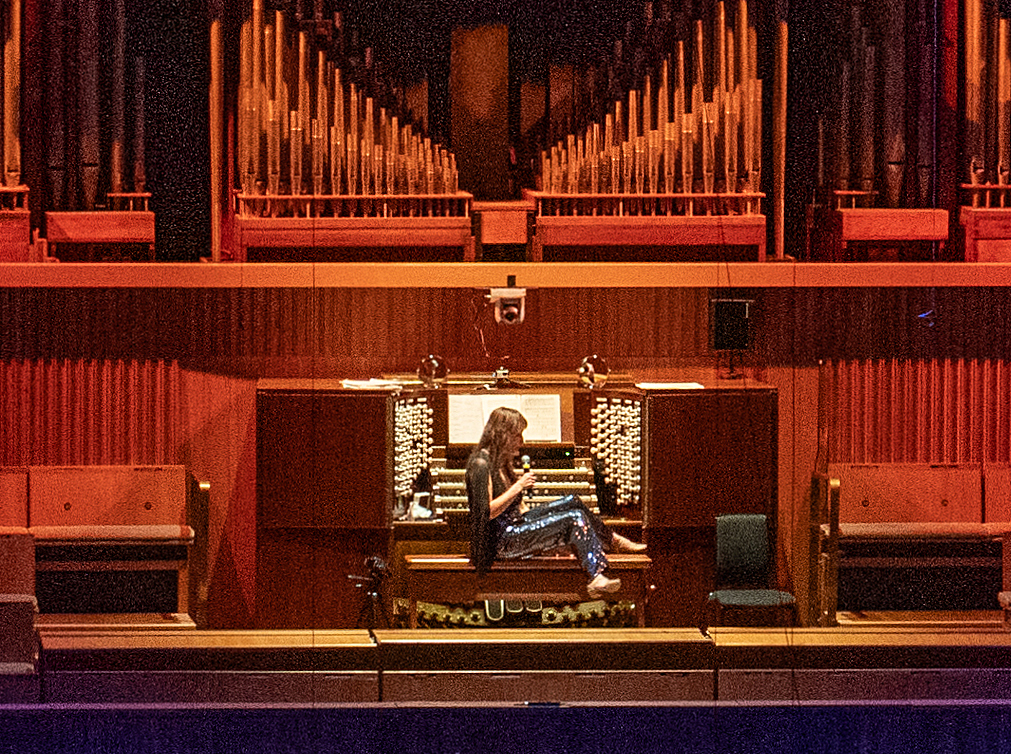 The droll, never otiose commentary helped us along deliciously – though Williams lives in America, it had a dry British wit about it – and the question as to whether we were missing the Hammond B-3 cued two more of her arrangements, one of them remembering the skill of American jazz keyboardist Jimmy Smith. Williams homaged the Festival Hall’ organ's potential by thundering into the first, de Abreu's Samba “Tico-Tico no fubá,” via Bach’s most famous Toccata before Smith's own "Midnight Special". The fine arrangement of "Take Five" banished memories of too many not very talented street performers doing relatively nothing with it.
The droll, never otiose commentary helped us along deliciously – though Williams lives in America, it had a dry British wit about it – and the question as to whether we were missing the Hammond B-3 cued two more of her arrangements, one of them remembering the skill of American jazz keyboardist Jimmy Smith. Williams homaged the Festival Hall’ organ's potential by thundering into the first, de Abreu's Samba “Tico-Tico no fubá,” via Bach’s most famous Toccata before Smith's own "Midnight Special". The fine arrangement of "Take Five" banished memories of too many not very talented street performers doing relatively nothing with it.
Williams' last official words, about that. "Wedding Toccata" (actually from Widor's Organ Symphony No. 5) were as resonant as the performance: "every organ tells me how it wants to hear it." – and the refurbished Festival Hall organ clearly told us that it loved it to generous bits. We got a cool encore, too, just past the hour mark: another Williams transcription, of Lou Reed's "Walk on the Wild Side". The lighting to accompany the sound appealed to the kid in me – if you've got a great display of pipes, show it off. Shame the designer wasn't credited Certainly it added immensely to the pleasure of this event on the Southbank Centre's opening day.



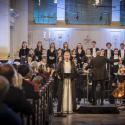


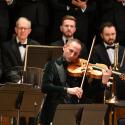
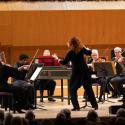
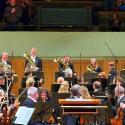



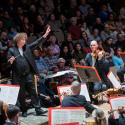
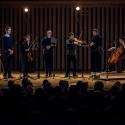
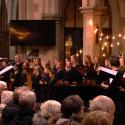
Add comment